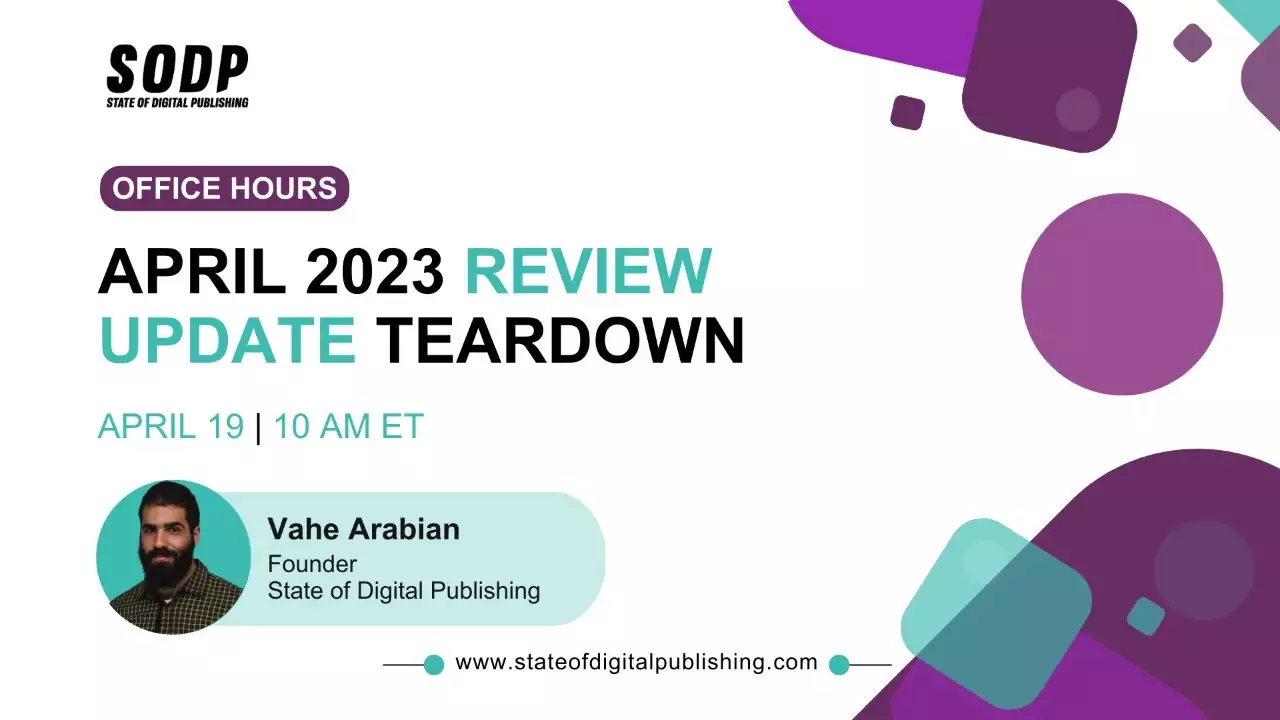To say the digital advertising landscape has changed over the last year is an understatement. As more players make moves to address consumer privacy concerns, the industry has once again transformed — bringing to light new challenges and opportunities.
The terms transparency and observability are too often used interchangeably. For years, the industry has been clamoring for more transparency, but transparency isn’t enough. Transparency is focused on volumetrics and billing, not on the alignment of goals, which are more multivariate.
Just like fraud detection and identifying errors are different, so are transparency and observability. To see how they compare, let’s start by dissecting the difference between fraud and errors.
Not everything that is bad in digital advertising is necessarily fraud. Fraud is an act intentionally carried out to benefit certain individuals or groups and causes detrimental effect to others, while errors are acts of unintentional mistake or negligence. Errors aren’t deliberate and error analysis assumes you want to correct the problem, which requires communication and collaboration.
Fraud detection has historically been cloaked in secrecy, and with good reason; nobody wants to reveal to the bad actors how fraud is detected and blocked. But because fraud vendors often hide results behind a simple “on-off” switch or otherwise provide black box results, it’s sorely deficient for error detection and more importantly for error correction. Fraud detection is cynical, whereas error detection must be collaborative.
Now let’s dive into transparency and observability. It’s time to consider the role of observability as a determining factor in the accountability and performance we all strive for from our respective corners of the digital advertising ecosystem.
Transparency is like the receipt for a meal. It can effectively report the items I ordered and at what cost, but if my goal is to be more healthy, price doesn’t mean much without nutritional information, even though it’s fully transparent.
Transparency, it turns out, isn’t exactly what we’re after. What we’re really seeking is control, and the ability to see things that matter. There is a term for that in software, technology and industry called observability, and now is the time for the advertising industry to embrace all that it has to offer.
Observability stems from control theory and is a measure of how well internal states of a system can be inferred from knowledge of its external outputs. If something is observable, then I can understand the internal state of the system from what I can see.
In simple terms, once I pay attention to those critical metrics then the system I’m observing becomes controllable and optimizable. Observability pertains to monitoring the things that matter, and that I can control, related to understanding the system that I’m using or deploying. Unlike transparency, which often gives me a set of data I have no control over, observability is the domain of things that inform me about the behavior of a system, versus just monitoring that system.

Here are some components I’d like to see us all work toward together to create a more observable, well-lit programmatic ecosystem:
- A commitment to observability, not just transparency;
- Better data interchange formats — the IAB is doing some great work in this area;
- Better advertising logistics — beyond adops to consider the entire supply chain; and
- Clear separation of fraud from misconfiguration and sharing of observable data to determine misconfiguration.
I believe adtech is in the midst of a sea change, fueled by the depreciation of third-party identifiers and the rapid changes in identity, addressability, privacy and regulation. In my opinion, everyone in adtech has a collective responsibility to get involved on the front side, instead of being up in arms about where we land.
Disclaimer: The views, opinions and ideas expressed in this post belong to the author/s and do not necessarily reflect those held by State of Digital Publishing.









